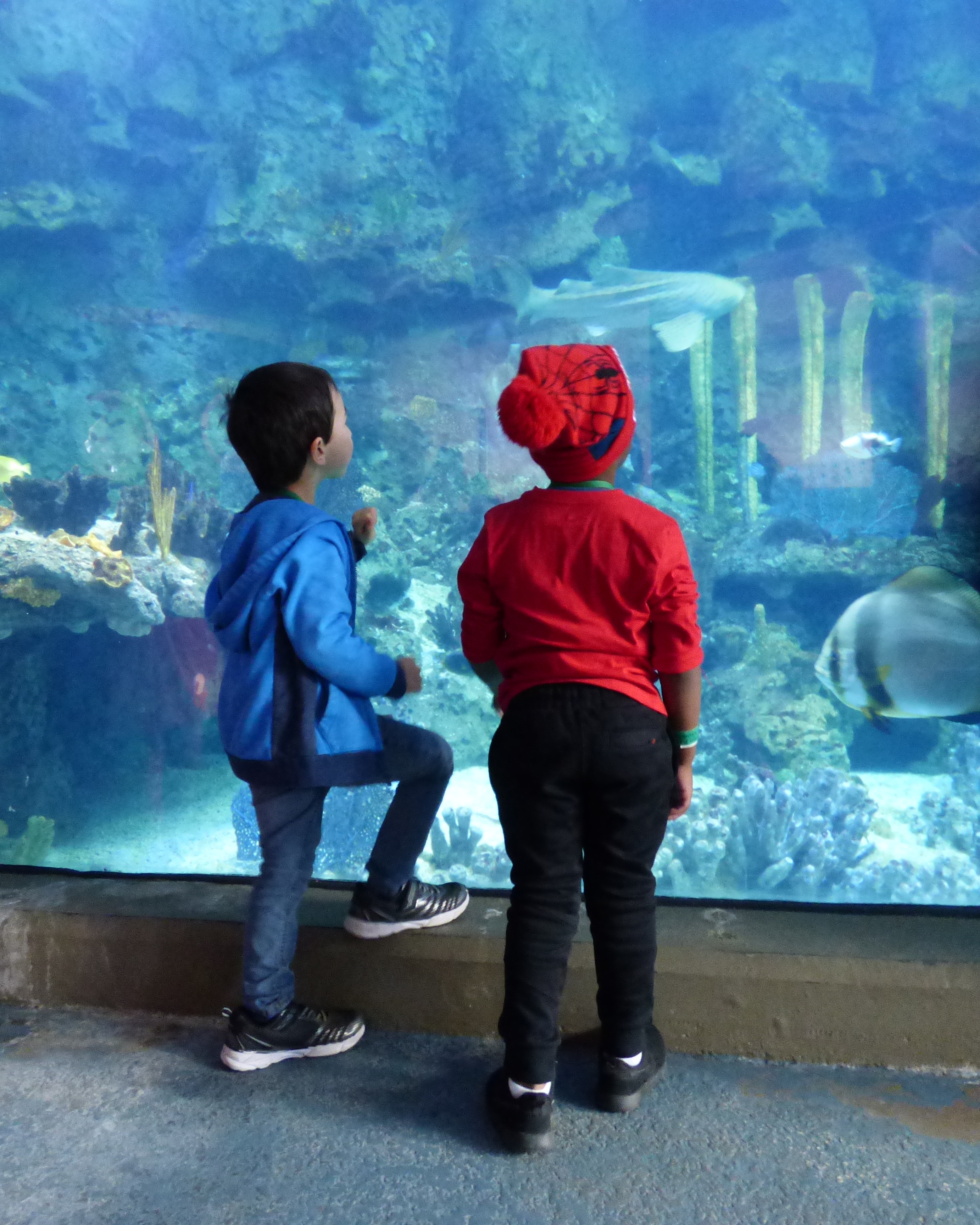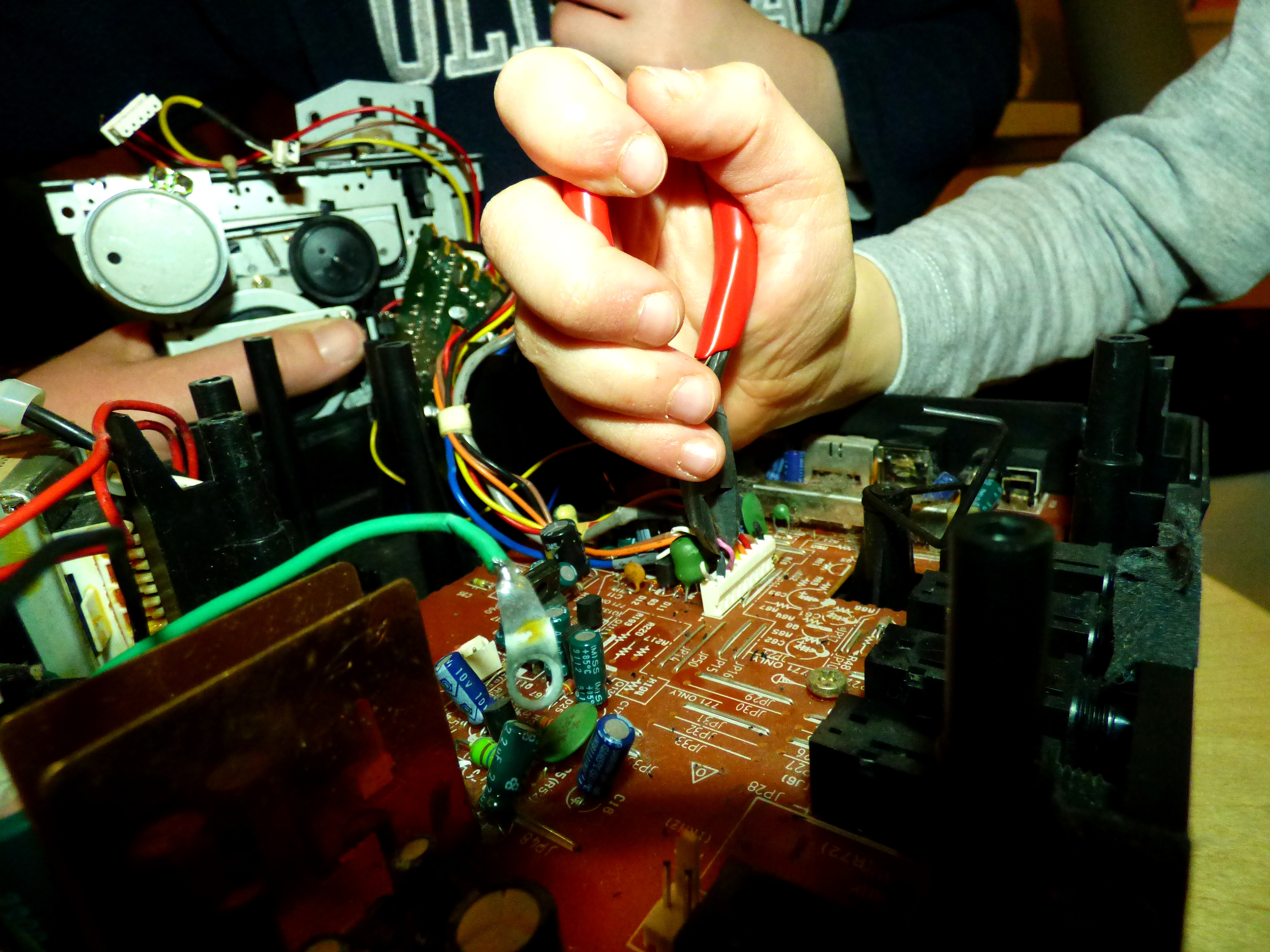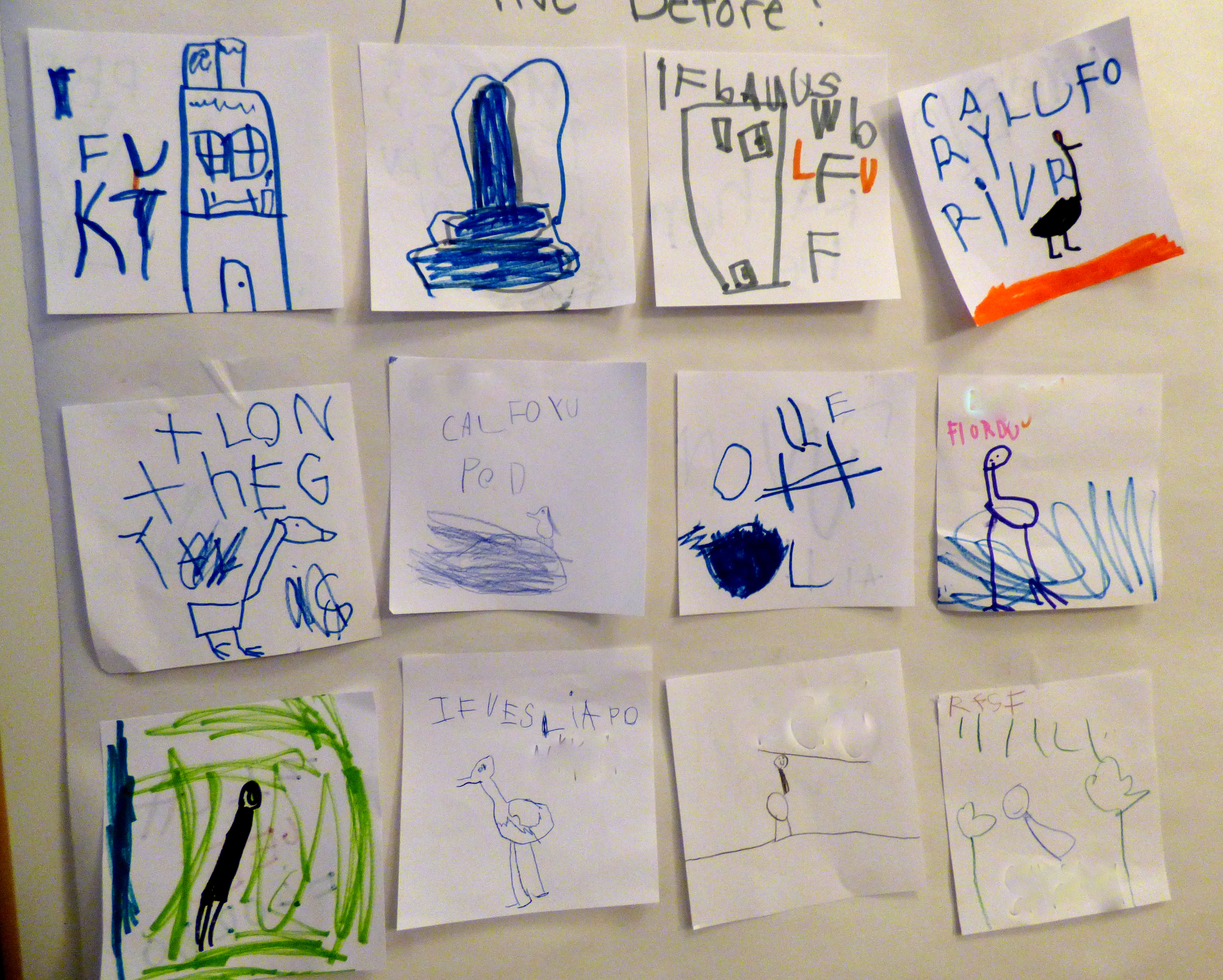 This week I visited Sabot School at Stony Point in Richmond, Virginia. Sabot is a Pre-K through grade 8 independent school running a program that is Reggio Emilia inspired. I’ve been a practitioner and learner within the Reggio inspired world since 1996 and I continue to find ways to grow. This year Sabot’s school-wide Umbrella project is based on the book, Listen by Patty Wipfler. As I explored the corridors filled with beautiful, child-designed projects, I was reminded of the wonder within the child.
This week I visited Sabot School at Stony Point in Richmond, Virginia. Sabot is a Pre-K through grade 8 independent school running a program that is Reggio Emilia inspired. I’ve been a practitioner and learner within the Reggio inspired world since 1996 and I continue to find ways to grow. This year Sabot’s school-wide Umbrella project is based on the book, Listen by Patty Wipfler. As I explored the corridors filled with beautiful, child-designed projects, I was reminded of the wonder within the child.
When observing children it can be easy to jump on the first sign of a shared interest. For instance, this year’s class has been strongly devoted to playing “family” since day one. In the beginning, I thought, “Oh! I see they are curious about families. We can dive right into this!” In past years, this meant quickly gathering supporting materials (books, real-world-objects) to support the development of questions and ideas. I was worried that if I waited, I would miss the opportunity to build on a shared idea. This week at Sabot I learned to change my lens a bit.
As teachers, we are encouraged to listen with our whole being to understand a child’s true intent. First observations regularly point out obvious, surface topics or trajectories. Upon further observation and questioning, we can draw forward the children’s thinking. We can help each child bring their theories to light and assist them as they test these ideas through investigation.
When reflecting on this family play, I am beginning to wonder if it is not so much the family unit that they are exploring, but the power of being in charge. In this game, there is often one member of the family that is “in charge” and directs the others’ actions. It is not always the same child. Sometimes “the boss” is more diplomatic, sometimes more autocratic. Whatever style the family leader tries on, the peers’ reactions to requests (or demands) begin to create an internal rule book for “how to be in charge and still get people to do things with you.” I’m looking forward to exploring this perspective on “family play” with them in the upcoming weeks.

 Our trip to the aquarium today went quite well. The sea life we most wanted to see was up and about, wiggling and swimming for all to view. The almost unanimous favorite? Drum roll, please…….
Our trip to the aquarium today went quite well. The sea life we most wanted to see was up and about, wiggling and swimming for all to view. The almost unanimous favorite? Drum roll, please…….


